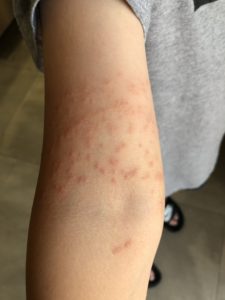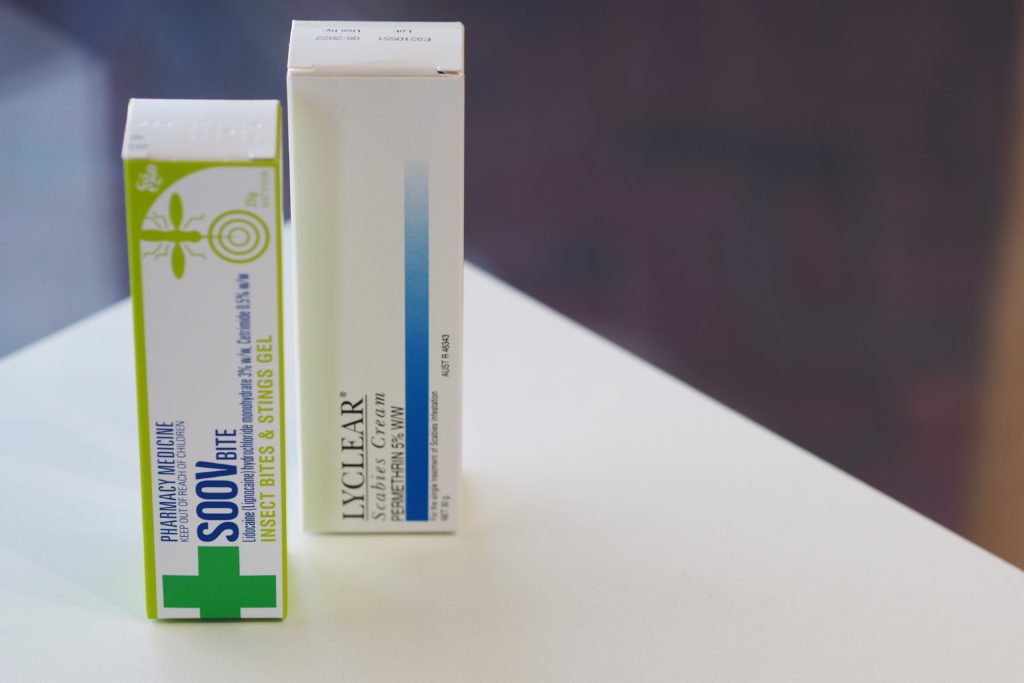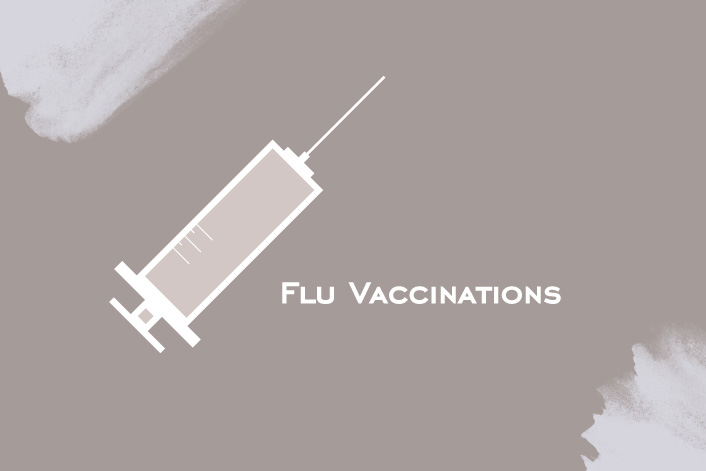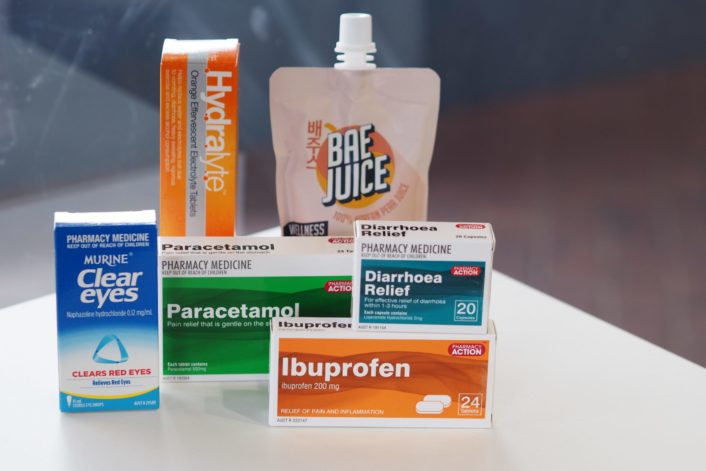Rashes can be scary presentations to see, especially to mums who don’t see them every day and, most especially, when the rash is on her child.
A mum came in with her 10-year-old son, with this rash on his arm. They had just come out from the doctor’s surgery next door and had a script for an OTC product (‘over the counter’ items available without a script) called Lyclear which is used to treat scabies infestations.
Note: An infestation is a condition of being invaded or inhabited by ectoparasites such as lice, mites or ticks. In other words, when you have something else living on your skin.

A scabies infestation can cause intense itching, particularly at night and so much so that people can be kept awake with the scratching. This scratching can, in turn, cause a lot of issues for the integrity of the skin, especially if the skin breaks.
Mum was worried about the rash and while it was busy in the store, she was happy to wait and speak to me.
I really like it when this happens because in retail – unlike in medical consult rooms – we are juggling the flow of customers, who are all working on different time constraints and, understandably, all have the same expectation that they are will be served as quickly and as thoroughly as possible. When people recognise there is value in speaking to the person who is best positioned to give them the advice they need and are willing to wait for it, it means I can work through the queue of people in front of them so that when I do get to speak to them, I can give them my full attention and address their concerns comprehensively.
Plus, when I see a distressed mum (the kids aren’t as phased as their parents!) I can’t help it, I want to give the child a sticker and a lollypop and get on with solving their problem!
In this case, Mum had a few questions for me that I was delighted to help with:
- What did the Doctor actually prescribe? Mum didn’t understand what was going on and what had caused the rash, whether it was going to go away, what to do if it didn’t and so needed some context around the treatment plan and product the doctor had recommended.
From my experience, yes, the rash did look like it was a scabies infestation, which are little mites that burrow under your skin causing the intense itching, especially at night. As her son didn’t have a history of eczema and this rash didn’t look like it had been caused by bed bugs (which are generally more paced-out singular red dots), a scabies infestation seemed to be the cause.
Note: Please don’t look at a rash on a loved one after looking at this photo and try to diagnose them, or yourself! There are many variables when diagnosing rashes and it is always best left to a professional.
- Could she use a tube of half-used hydrocortisone she already had at home?
The hydrocortisone will reduce inflammation and to a certain extent, itch, so yes, she could use the cream she had at home (I’m a big fan of utilising what you already have in the cupboard!)
- What to expect next – what would the next steps look like?
This is a common query in community pharmacy. A lot of our role is about adding context so patients know what the heck is going on! Often doctors rely on the pharmacist to fill in the gaps if they don’t get the chance.
The Lyclear scabies cream, which is applied all over the body from the neck down and washed off the next morning, should be used immediately and then repeated in 7 days. At the same time, I always recommend that linen and pajamas be washed in hot water and dried in the sun to ensure the mites are completely eradicated. Nails should also be thoroughly scrubbed.
The biggest symptom with a scabies infestation is the itch, which can drive people crazy because it can be so intense as to keep you awake at night. Additional remedies to help manage this symptom include:
- Using Soov anesthetic gel or a product called Numb It to numb the area, especially at night when the itch is most severe
- Applying an ice pack to the rash at night
- Using cortisone cream to reduce inflammation and help control the itch
- Taking Antihistamines that are especially good for itch which can also cause drowsiness
Unfortunately, symptoms and skin rashes can last up to 3 weeks even if the mites are killed, making it tricky to work out if the treatment has worked. If symptoms are persistent, a skin scraping at the Doctor’s surgery will tell you if the infestation is still there.
Despite this, however, the most important thing for Mum was that she had some more information about what this rash could be, the things she could do to help her son and a general understanding of what to do next. Mum felt much better knowing the cream would most likely work and more than anything she felt reassured that yes (!) this wasn’t some exotic rash no one had ever encountered before and yes (!) her son would recover and the rash would go away.



